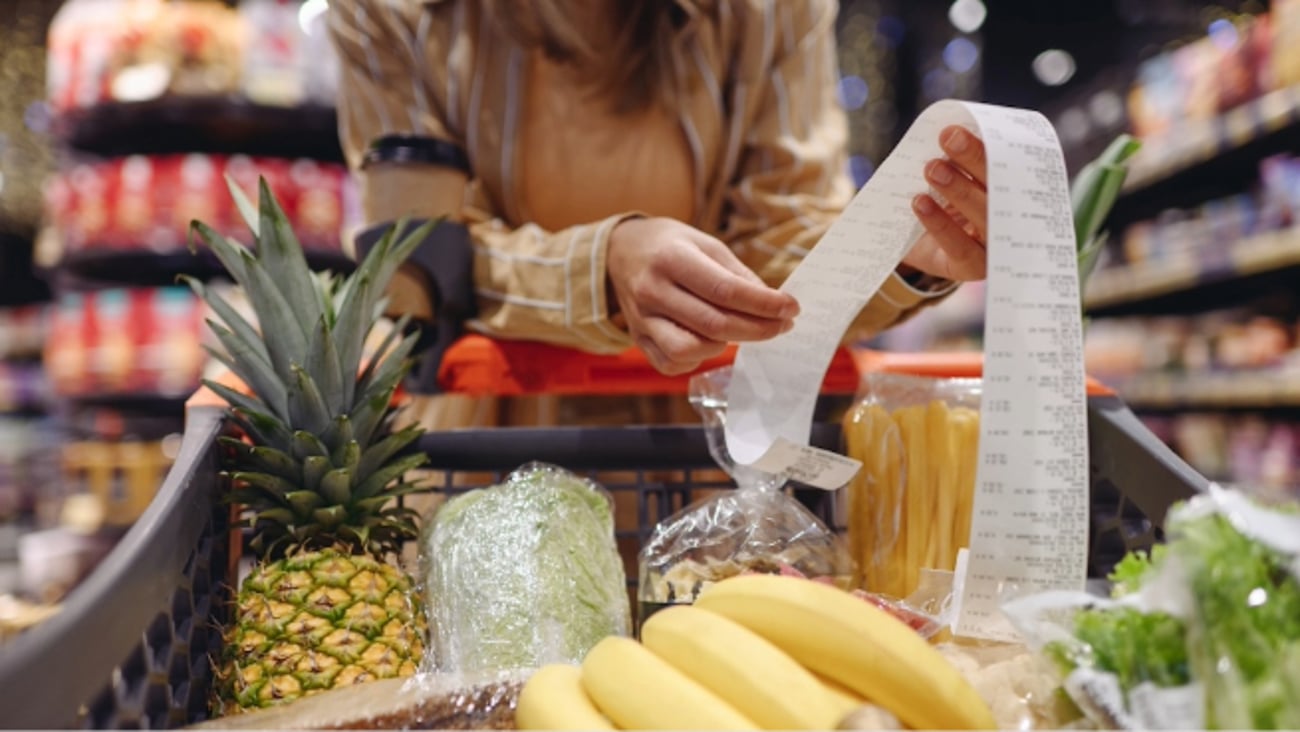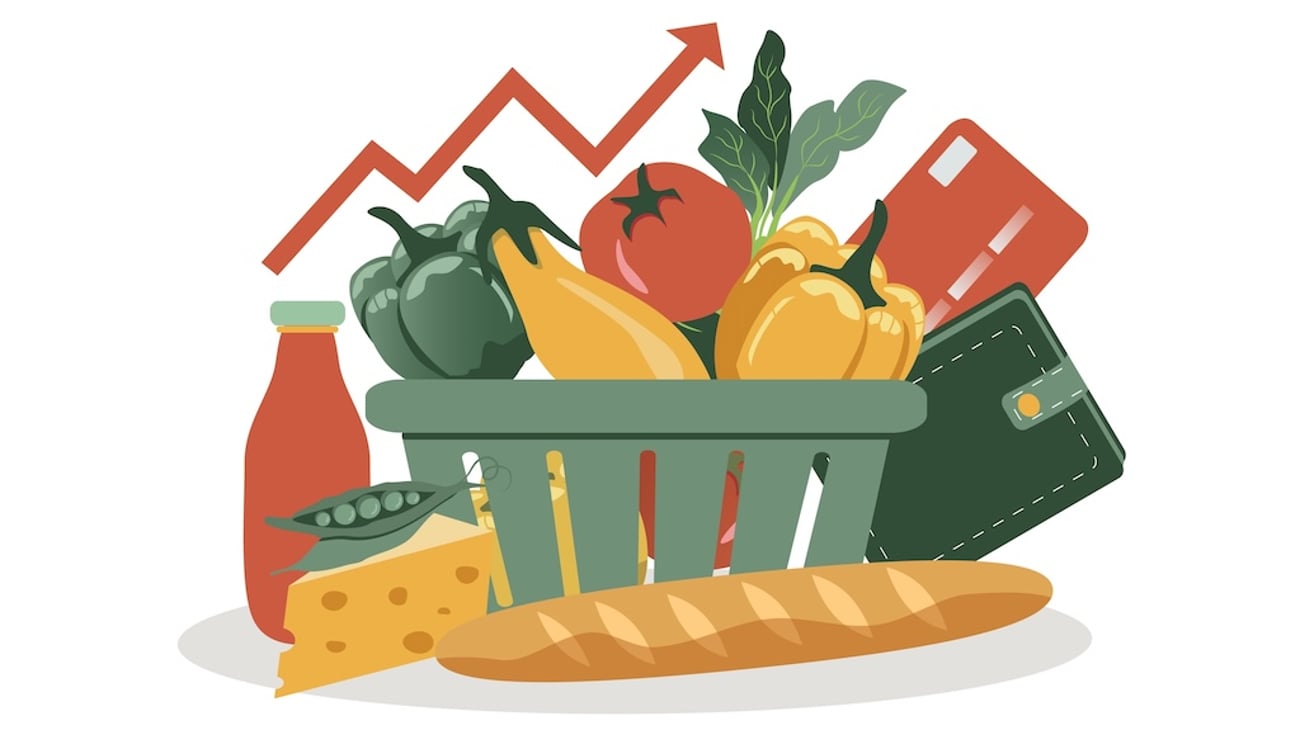Invisible bombs, visible food prices
If the world was looking for a distraction from the intensifying trade tensions under Trump 2.0, the U.S.' direct military action in Iran certainly delivers. But this is no sideshow. The escalation in the Middle East could have immediate and far-reaching consequences, especially for the global agri-food sector—and Canada is not immune.
Geopolitical volatility in the Middle East has historically triggered sharp increases in crude oil prices. Following initial Israel–Iran exchanges in June, oil prices surged over 10%, and the latest attacks suggest more turbulence ahead. Since natural gas is a core input for fertilizer production, any spike in energy markets means higher fertilizer costs. While most Canadian farmers have already secured inputs for this season, unlike the early-2022 Ukraine invasion, cost pressures will be felt later in the supply chain.
READ: Global food prices in 2022 hit record high amid drought, war
But the shutdown of Iran’s urea and ammonia plants could ripple through global fertilizer markets, tightening supply and driving up prices—especially for nitrogen-based fertilizers. Canada, though a fertilizer producer, still relies on global pricing dynamics, and higher costs could significantly impact input expenses for Canadian farmers. This could reduce planting margins for crops like wheat, canola, and corn, potentially leading to lower yields or higher food prices. If South American buyers shift demand to other suppliers like the U.S. or Trinidad, competition for fertilizer could intensify.
The Strait of Hormuz, a strategic chokepoint for one-third of global oil and gas shipments, is now even more vulnerable. Any disruption could delay fertilizer and grain shipments, elevate global logistics costs, and strain the availability of key imports like soybeans and wheat. Global supply chains, already stressed, will feel the pinch.
Currency volatility often follows regional conflict. Emerging market currencies tend to weaken, raising the cost of food and ag inputs in fragile economies. For Canada, the situation is more nuanced. Higher oil prices may support the loonie, but geopolitical instability breeds uncertainty—and markets despise uncertainty. A weaker Canadian dollar could make imported food, from produce to packaged goods, more expensive.
This confluence of factors—rising transport and input costs, potential shipping delays, currency instability—can accelerate food inflation across Canada. Our food supply chain is vast, import-reliant, and highly sensitive to energy costs. Greenhouse operators, Prairie grain growers, and livestock producers could all face margin pressure. Consumers, particularly in lower-income households and in regions like Atlantic Canada or the North, will feel the consequences most acutely.
READ: Bank of Canada hearing less ‘catastrophic’ tariff talk from businesses
Beyond economics, Ottawa’s diplomatic playbook will be tested. Sanctions—whether imposed by or against Canada—could further disrupt agri-food trade, as was the case in past global conflicts. Export restrictions, trade policy shifts, and new subsidies may emerge as countries scramble to stabilize domestic markets.
The global food system is deeply interconnected. What happens in the Middle East doesn’t stay there—it sends shockwaves across continents, from farm to fork. This latest escalation is a stark reminder of how vulnerable our food economy remains to geopolitical unrest. Let’s hope policymakers are paying attention—and that they keep food-insecure populations, both here and abroad, top of mind.






